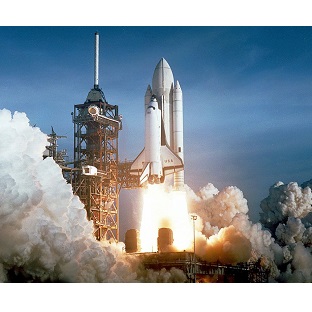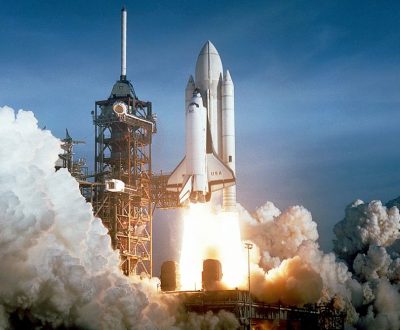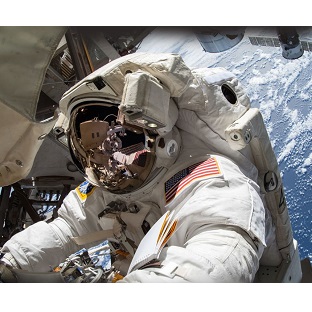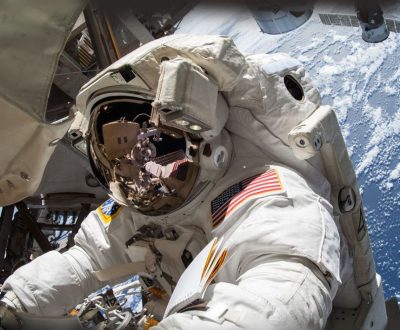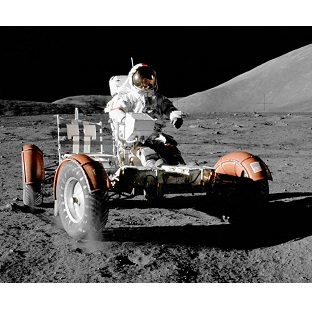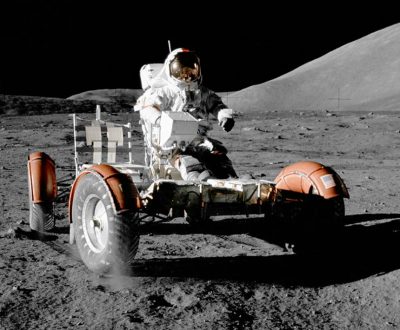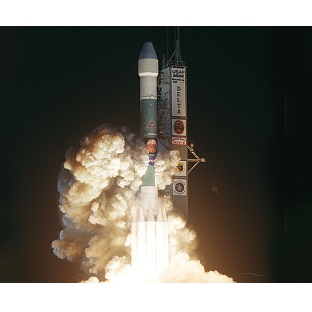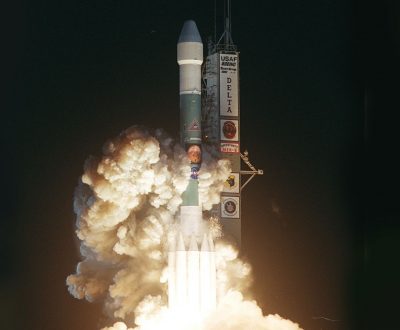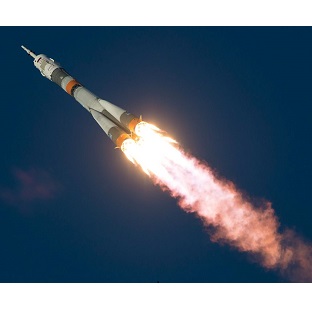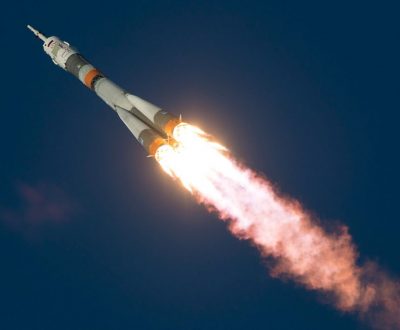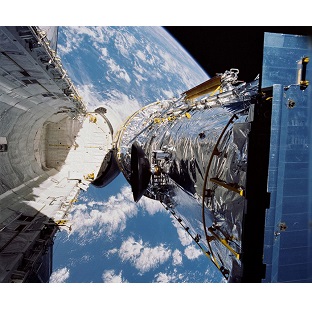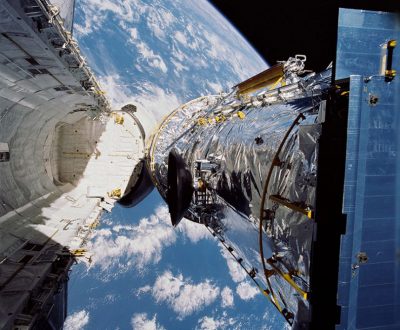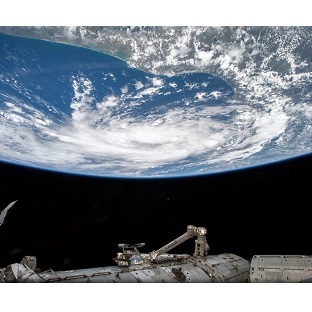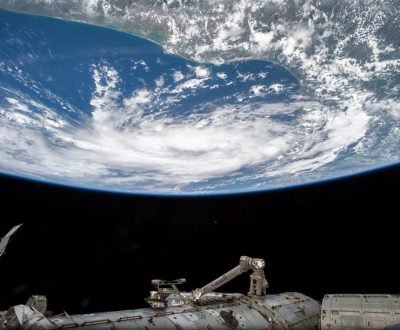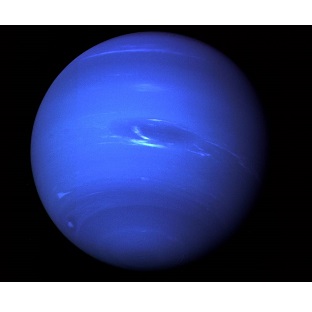

The 8th planet Neptune was discovered by the German astronomer Galle in 1846. Neptune’s largest moon Triton was discovered just 17 days later by William Lassell. Neptune is more than 30 times further away from the Sun than the Earth.In 2011 Neptune completed its first 165-year orbit of the Sun since its discovery in 1846.Voyager 2 tracked a Great Dark Spot on Neptune.This was a hurricane, spinning anti-clockwise, moving at 1,200 km (750 miles) per hour and large enough to contain the entire Earth! The moon Triton is the coldest object so far measured in the solar system. Ice volcanoes on its surface shoot out liquid nitrogen, methane and dust, which then freezes and falls back to the surface as snow.

